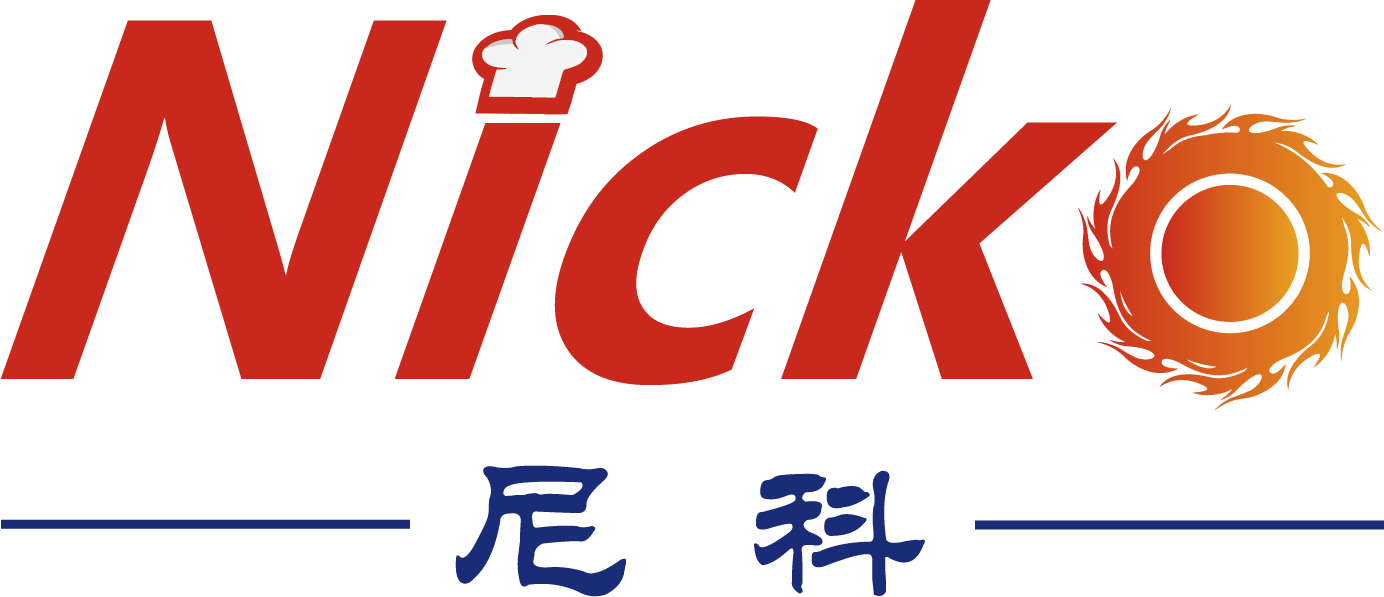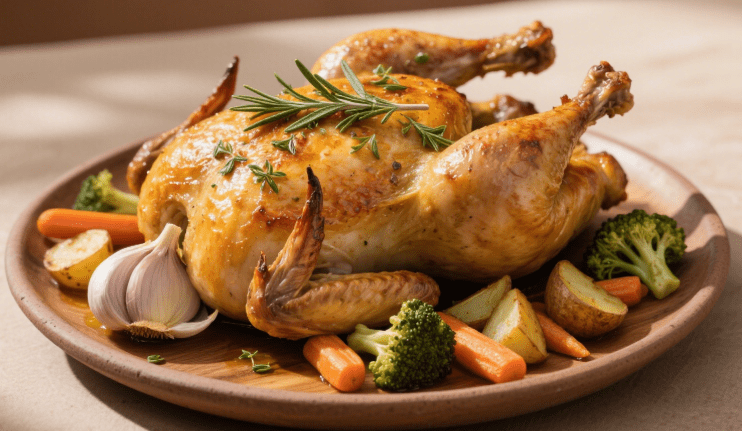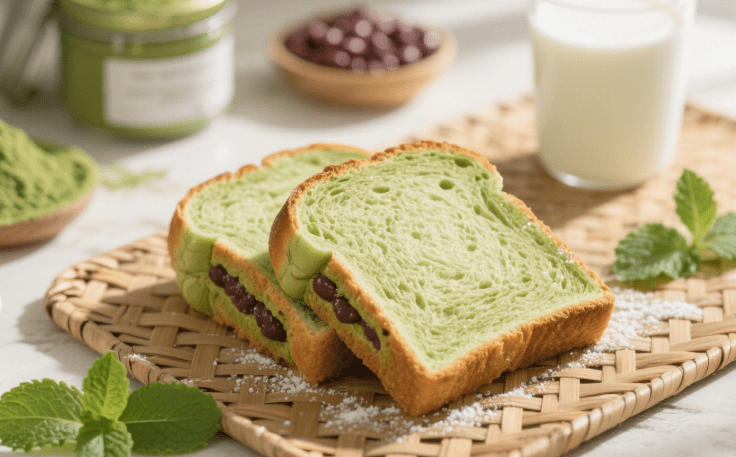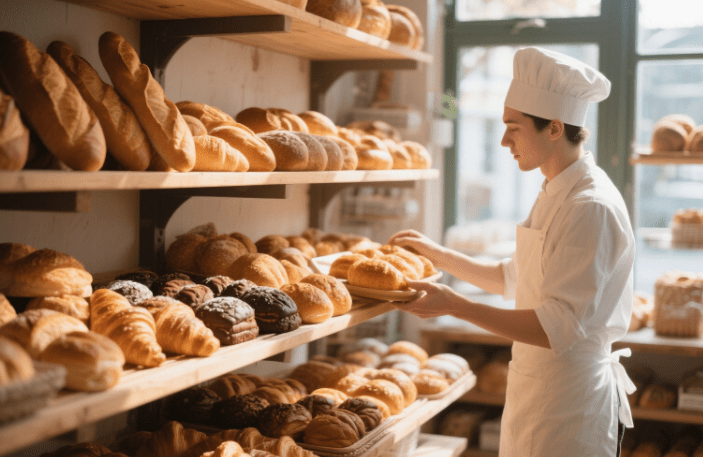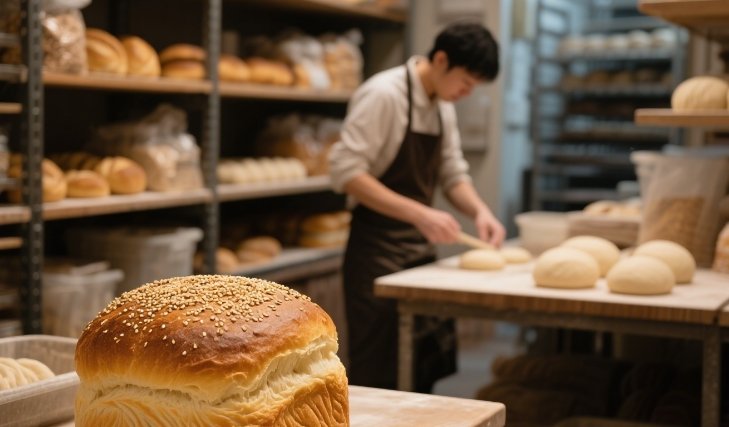When making commercial roasted chicken, have you often encountered these problems: one side of the chicken is burnt while the other is undercooked, the chicken skin is soft and lacks crispness, or the equipment rusts after only half a year of use?
In fact, the root cause of these issues lies in choosing the wrong commercial chicken rotisserie oven.
As a chef with 10 years of experience in the baking industry, I understand the importance of selecting the right commercial chicken rotisserie oven—uneven heating can ruin an entire batch of products, and poor-quality materials can pose safety hazards.
Starting from the baking characteristics of roasted chicken, this article breaks down 7 core purchasing points for ovens, including heating performance, material, and temperature control, to guide you in buying a high-quality commercial chicken rotisserie oven.
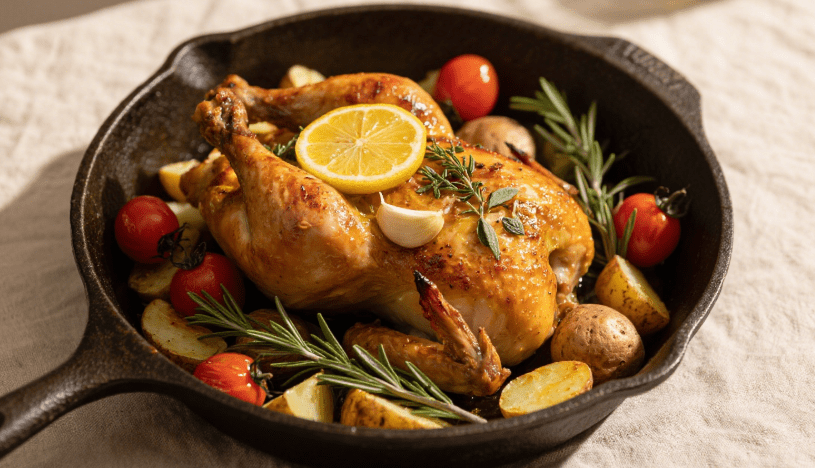
1. Uniform Heating: Achieve Crispy Exterior and Tender Interior for Roasted Chicken
Unlike other foods, different parts of a chicken have different structures and moisture contents, which requires choosing suitable equipment for baking.
For example, chicken breast has high moisture content—uneven heat can easily cause its surface to burn; while chicken thighs and the roots of chicken wings have thick meat, insufficient heat will leave their interiors undercooked, even failing to reach the safe sterilization temperature.
Therefore, when selecting an oven, priority must be given to excellent uniform heating function. Some ovens, for instance, use circulation fans or radiant heating structures to allow heat to penetrate the entire chicken, resulting in a roasted chicken with a crispy exterior and tender interior, while avoiding food safety issues.
In addition, the “golden-brown skin” of roasted chicken not only attracts customers to buy but also allows the fat in the chicken skin to melt, producing a rich roasted aroma. Excessively high heat will overcook the chicken skin, destroying the aroma; insufficient heat, on the other hand, will leave a fishy smell on the chicken skin.
To solve various complex problems in roasted chicken baking, high-quality commercial chicken rotisserie ovens are equipped with special circulation fans to ensure even heat distribution. Take this oven from Nicko as an example:
It adopts advanced infrared heating technology, which directly penetrates the surface of the roasted chicken to evenly raise its internal temperature. No matter where the roasted chicken is placed inside the oven, it can achieve all-round uniform heating within the same time. Additionally, this oven is equipped with an efficient rotation system, allowing every side of the roasted chicken to be evenly exposed to infrared radiation.
2. Heating Method: Choose the Oven Based on Needs
If we ignore factors like equipment electricity costs and maintenance expenses and only consider baking quality:
– Core advantages of gas heating: Strong firepower and fast temperature rise. High temperature can quickly make the chicken skin crispy, while avoiding overcooking that would make the meat tough.
– Core advantages of electric heating: High precision in temperature control, preventing fluctuations in firepower and ensuring highly consistent taste across product batches.
Each heating method has its own advantages. If you run a chain restaurant and need to ensure consistent quality across all stores, it is recommended to purchase an electric oven. If you own a restaurant with local characteristics, you may consider buying a gas oven to make your products more unique.

3. Prioritize Ovens Made of 304 Stainless Steel
Compared to other baked goods, a large amount of oil is continuously released during roasted chicken preparation, which drips inside the oven. If the oven you choose has poor oil resistance and corrosion resistance, stubborn oil stains will form over time and be extremely difficult to clean; moreover, these oil stains will produce fatty acids in the long run, causing rust inside the oven.
Therefore, commercial chicken rotisserie ovens often use 304 stainless steel, which meets hygiene standards, resists oil, and is easy to clean. This not only reduces cleaning time but also prevents harmful substances from remaining in the oil.
Furthermore, roasted chicken is ready-to-eat food. During baking, it may frequently come into contact with the oven’s rotating rack, so the rack must meet food-grade standards. 304 stainless steel is a common material in the food industry—it does not release harmful or carcinogenic substances, nor does it emit any strange odors, thus ensuring the food safety of roasted chicken.
Take Nicko’s oven series as an example: https://www.nicko.com.cn/products/oven/
Most of its flagship products are high-quality 304 stainless steel ovens, which are not only more durable and easy to clean but also have a long service life.
4. Functional Features: Precise Temperature Control and Timing Function
A high-quality chicken rotisserie oven must have good temperature control performance, with no significant temperature deviations even after long-term use. Additionally, to further improve work efficiency, most mainstream high-quality ovens now come with a timing function, eliminating the need for manual monitoring and reducing baking errors. Moreover, chicken rotisserie ovens with a heat preservation mode allow customers to buy warm roasted chicken at any time, ensuring a more fragrant taste.
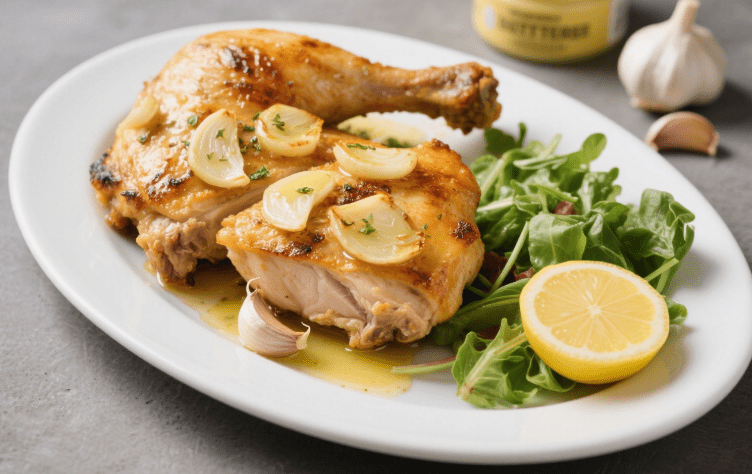
5. Easy-to-Clean Ovens
As mentioned earlier, roasted chicken produces a large amount of oil. Manually cleaning the oven’s inner cavity requires great effort—you even have to frequently disassemble parts and repeatedly wipe them with cleaning agents, which is very troublesome.
Therefore, the oven’s roasting basket and oil drip tray should be easy to disassemble for daily cleaning. In addition, it is recommended that you choose a 304 stainless steel chicken rotisserie oven with a smooth inner surface and no dead corners, so that oil stains and food residues are not easy to adhere to its surface.
6. Fault Alarm Function: Key to Safe Baking
Roasted chicken usually takes a long time to bake—sometimes more than 30 minutes. If the oven malfunctions during baking (such as damaged heating tubes or faulty temperature control), the entire batch of roasted chicken will be either undercooked or burnt, causing significant losses to your business.
Some well-known oven manufacturers have designed most of their ovens (e.g., https://www.nicko.com.cn/products/oven/rotary-oven/) with temperature anomaly alarms and motor fault alarms, which can monitor oven safety in real time. Once a problem occurs, an audible and visual alarm is triggered immediately to remind chefs to handle it promptly, avoiding mass product waste.
In addition, chicken rotisserie ovens should be equipped with overheating protection devices and leakage protection functions to ensure the personal safety of operators. Some ovens also use thermal insulation materials to prevent scalding.
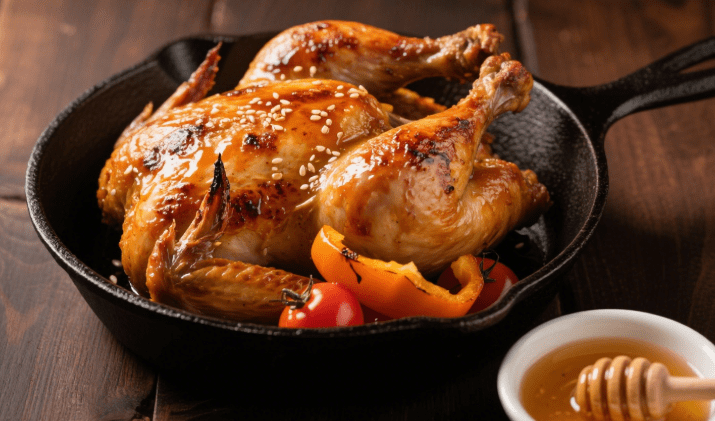
7. Low Energy Consumption
Roasted chicken takes much longer to bake than cookies or bread, so it consumes more energy. If you purchase equipment with low energy consumption, you will save on long-term operating costs.
To achieve this, Nicko ovens use optimal thermal insulation layers to prevent heat from escaping through the oven body. Additionally, these ovens are equipped with high-density thermal insulation layers, which can reduce most heat loss, maintain a stable internal temperature, and reduce the frequency of heat supplementation by the heating tubes—greatly controlling operating costs in the long run.
